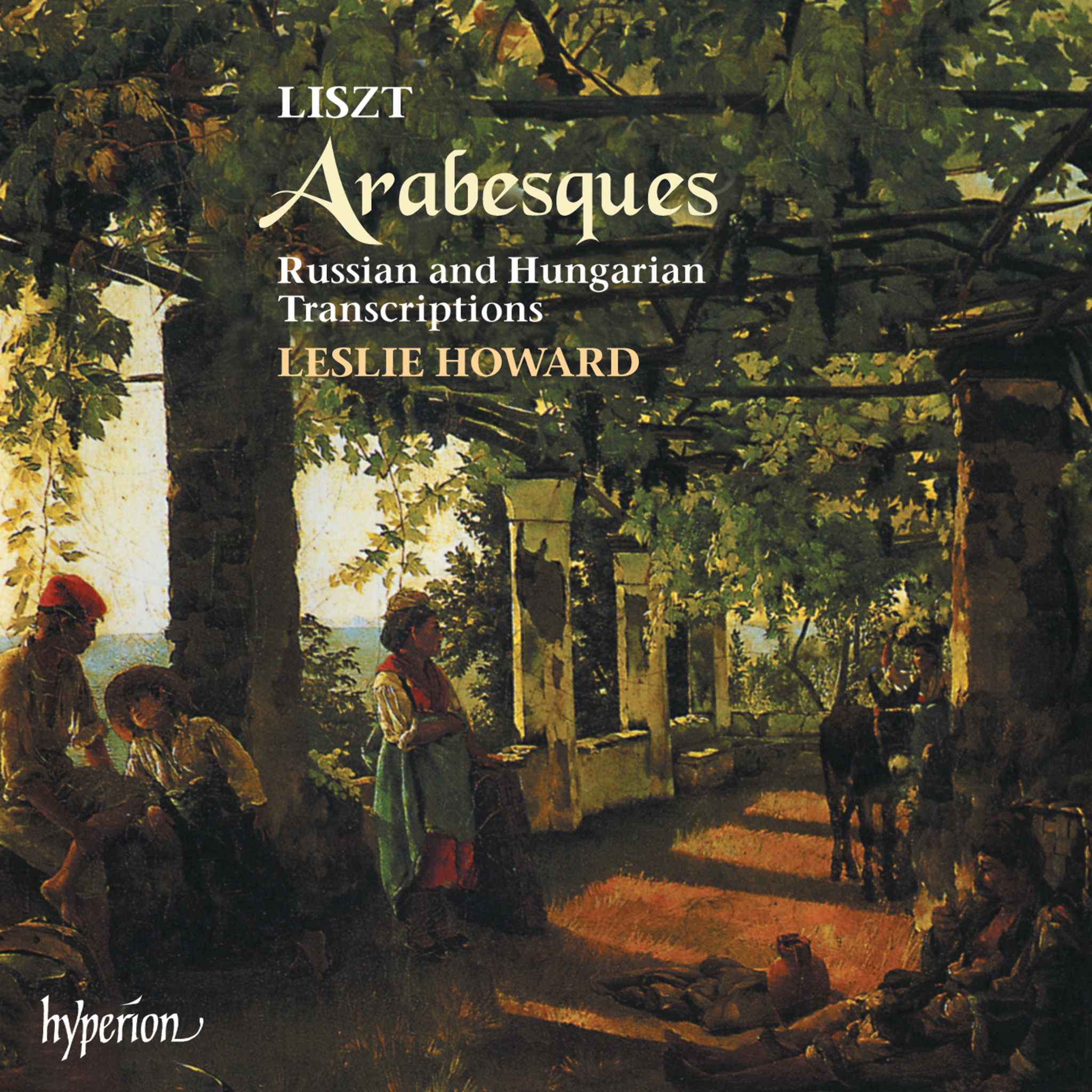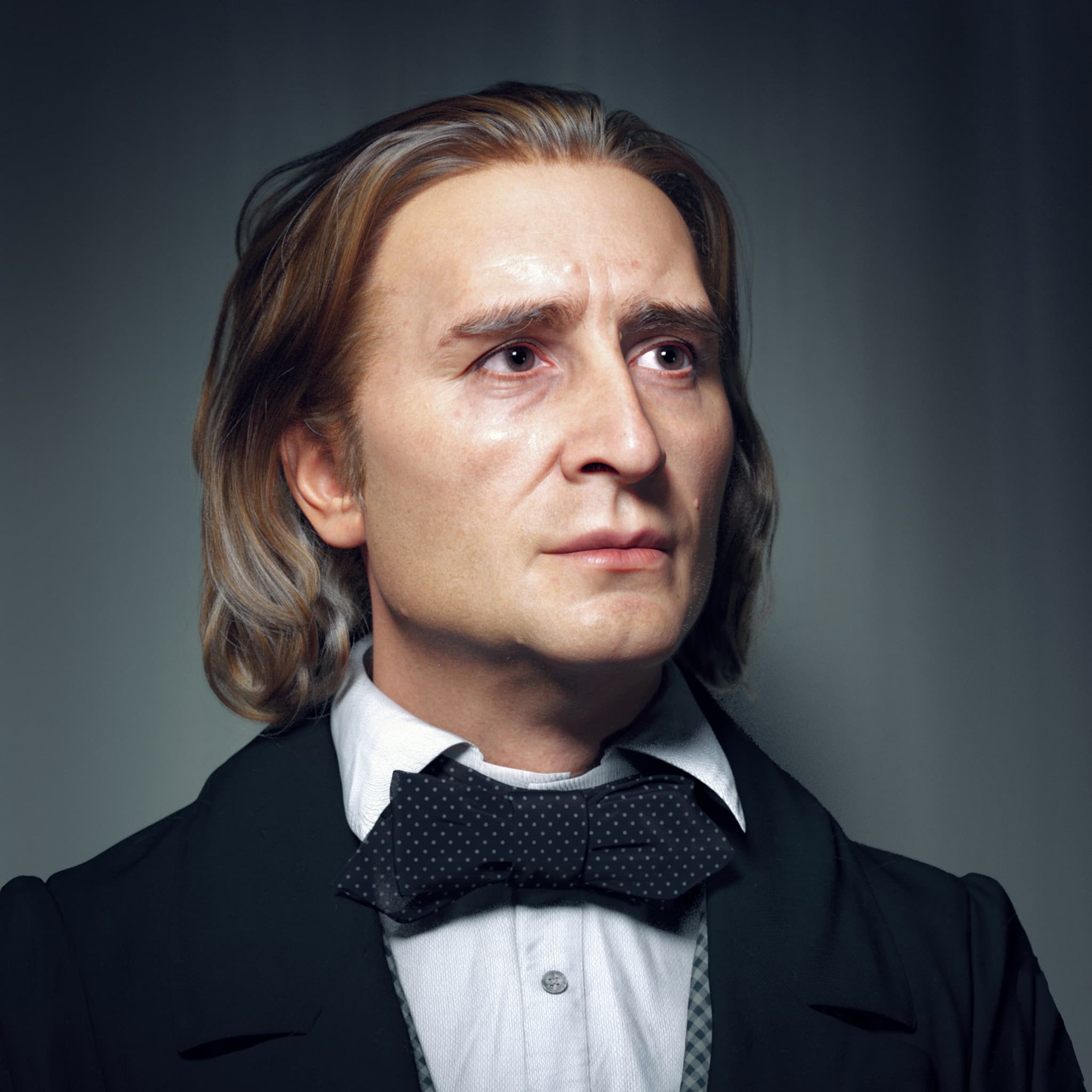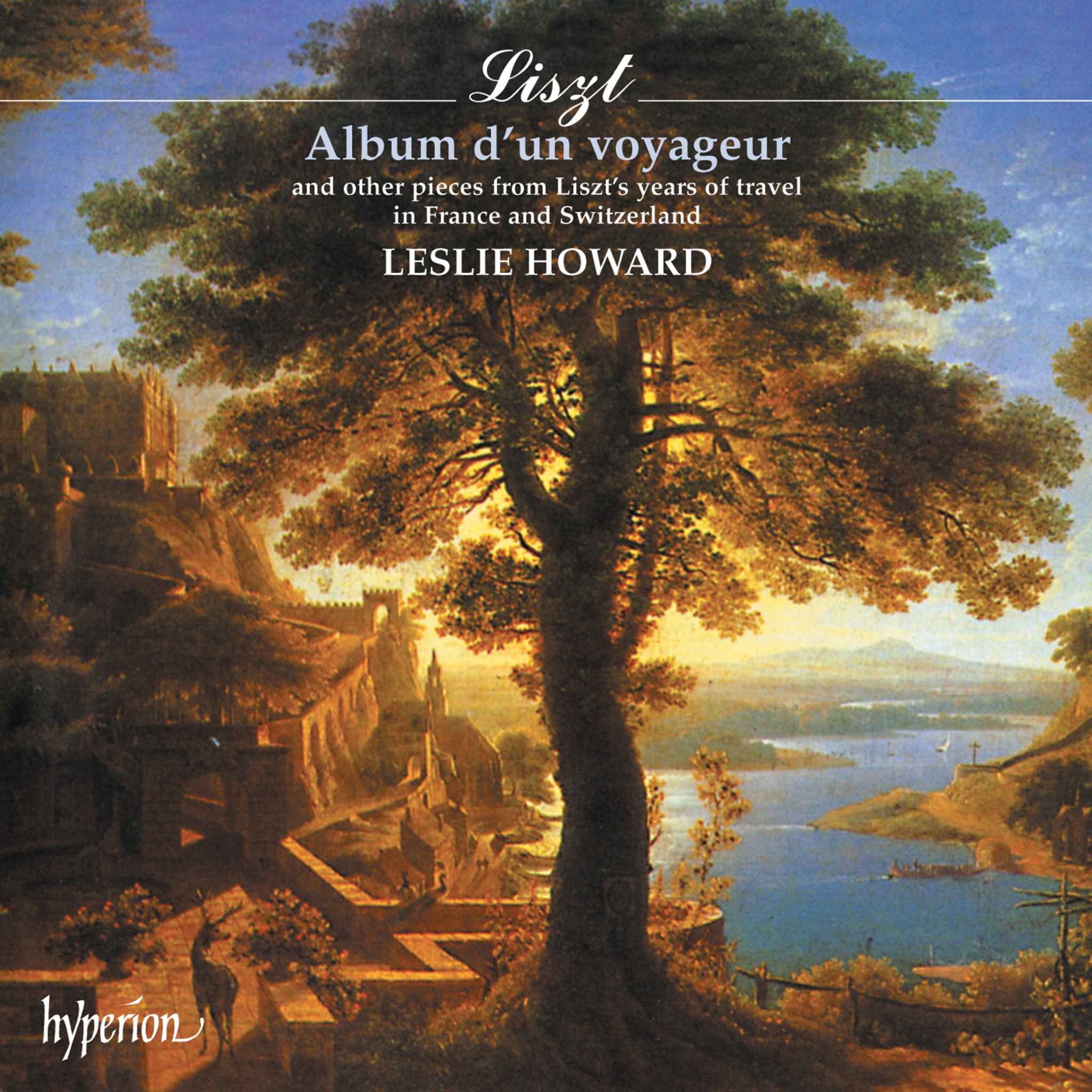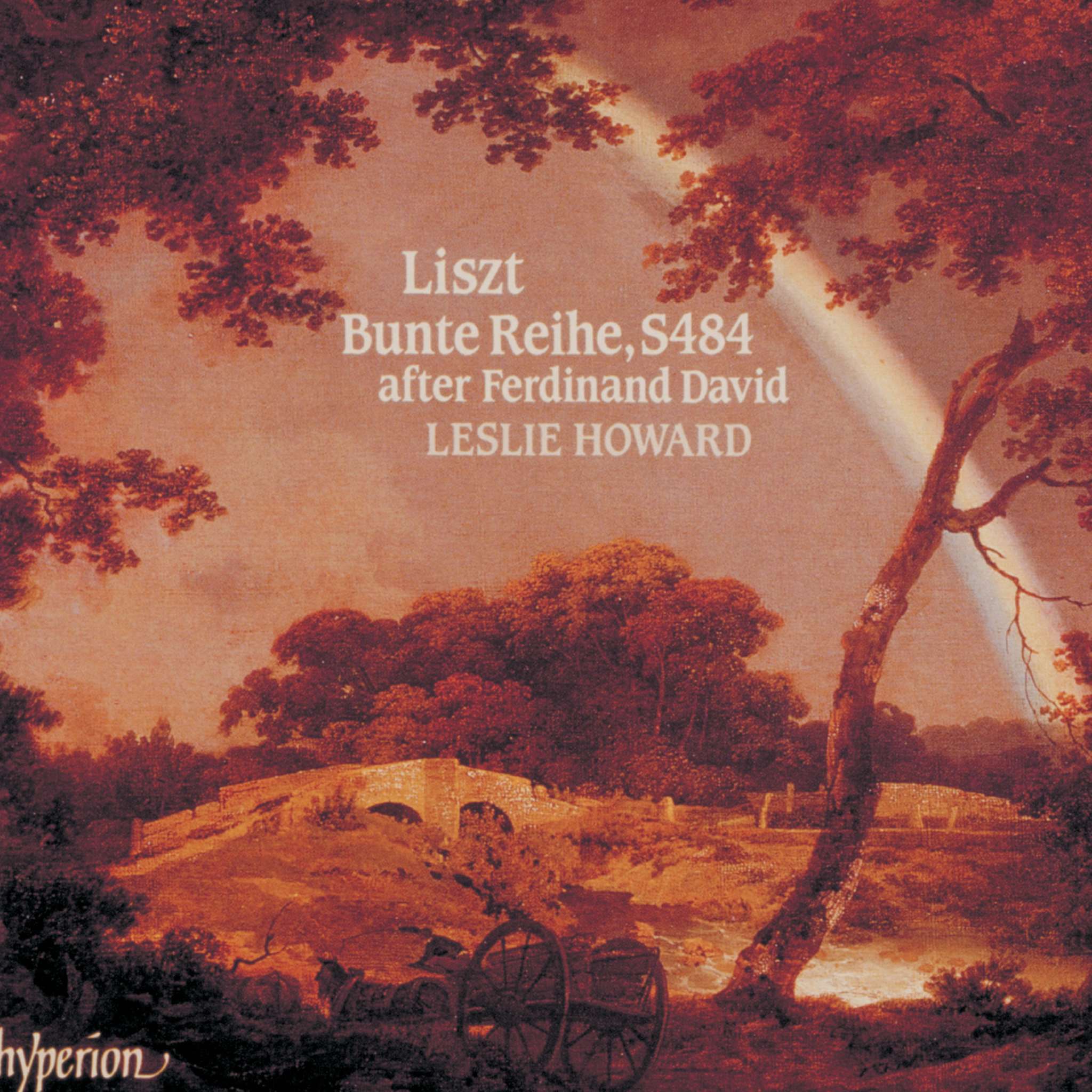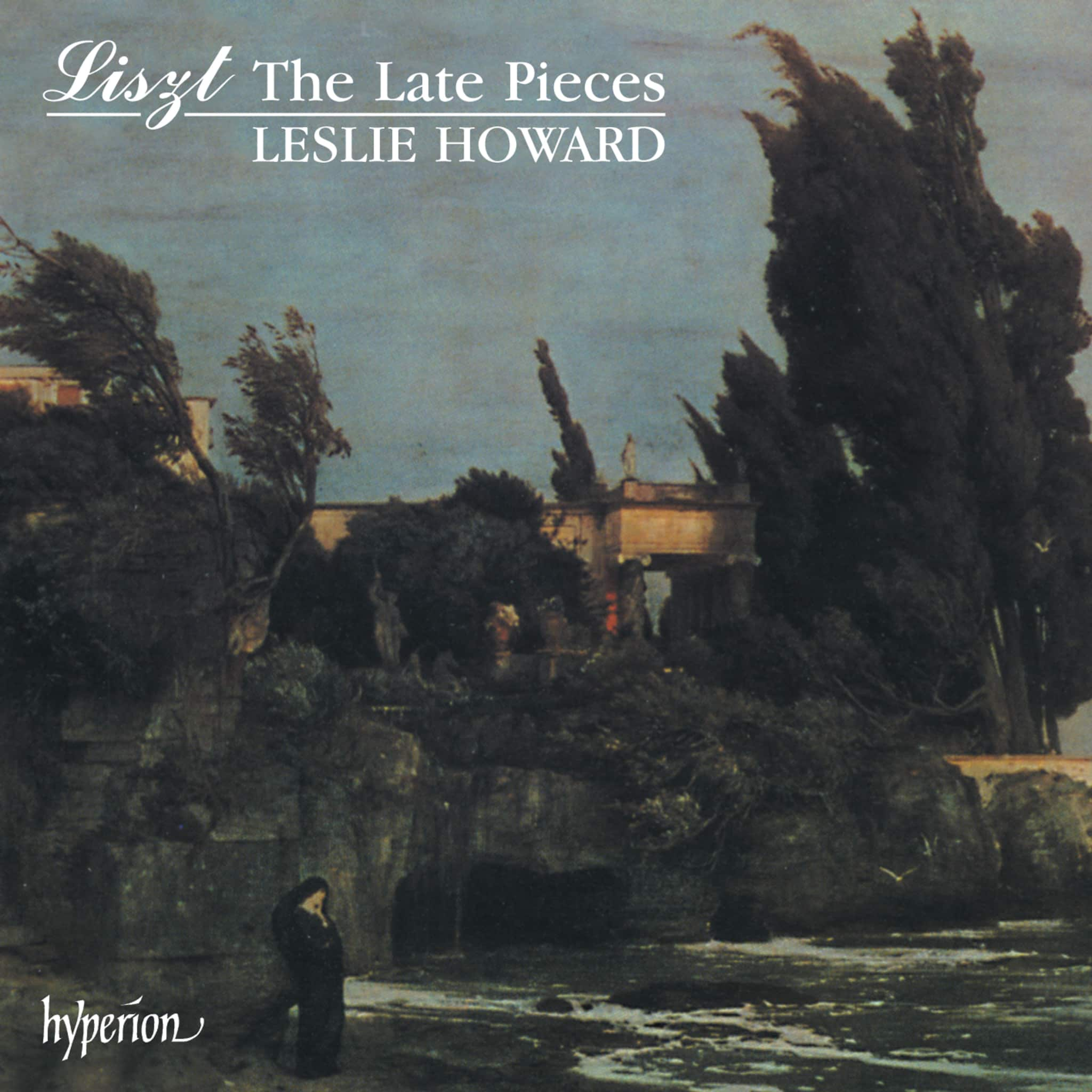Album insights
The Spirit of Brahms in the Works of Reger, Strauss
Nicolas Slonimsky hailed Reger as "the last great contrapuntalist of the 20th century," acknowledging the composer's profound devotion to Bach. Reger early in his career dedicated his Suite op. 16 for organ "To the Manes of Joh. Seb. Bach." In 1896, he sent a copy to Brahms, a major influence, seeking permission to dedicate a work to him. Brahms, delighted, responded that Reger need not seek permission, although he was amused and somewhat startled by the bold dedication. While Reger never dedicated a major work to Brahms, his Rhapsody op. 24 No. 6 bore the subtitle "To the Manes of J. Brahms," and the "Resignation" from his Seven Fantasy Pieces op. 26 was marked with Brahms' date of death, featuring a quote from the slow movement of Brahms' Fourth Symphony. Over a decade later, both Bach and Brahms played pivotal roles in the conception of Reger's Piano Concerto.
Reger's musical form concepts were solidified during his studies with Hugo Riemann, whose rigorous methods Tovey criticized as "mechanically systematized." Despite Tovey's reservations, he acknowledged Reger's music positively, noting its dense texture and rich sonority. Reger, considered a sincere artist and a brilliant rhetorician, viewed Brahms—similar to Schönberg—as a progressive figure. In a fiery response to Riemann's derisive article, Reger defended the modern composers and proclaimed Brahms' discoveries of "new, unforeseen emotional states." While Reger labeled himself as modern, praising Richard Strauss, he dismissed Riemann's attack as that of a musical fossil unable to keep pace with progress, asserting that a great composer could not be a deceased one.
Reger was particularly admired by Schönberg, who described Reger's music as "rich and new." Schönberg, alongside Mahler and Strauss, sought inspiration from Reger's works extensively. Despite some initial resistance, notably from Reger's student George Szell, the Piano Concerto gradually found appreciation through performances such as the US premiere in 1945. The work's technical demands and intricate interplay between piano and orchestra showcased Reger's fusion of influences, emphasizing complex figurations and distinctive melodic landscapes.
Incorporating influences of Brahms and Liszt, particularly evident in the elaborate piano part, Reger's Piano Concerto epitomizes a harmonious blend of styles. The concerto's movements, especially the grand Allegro moderato and lyrically compelling Largo con gran espressione, reveal Reger's innovation alongside his deep reverence for tradition. Closing with the lively Allegretto con spirito, the concerto culminates in a spirited exchange between piano and orchestra, reflecting Reger's compositional prowess and structural finesse.
Indebted to Brahms yet forging his distinct path, Reger's Piano Concerto stands as a testament to his musical legacy, resonating through intricate textures and nuanced tonalities. It symbolizes a fusion of the classical and the contemporary, paying homage to the past while charting new artistic territories.

